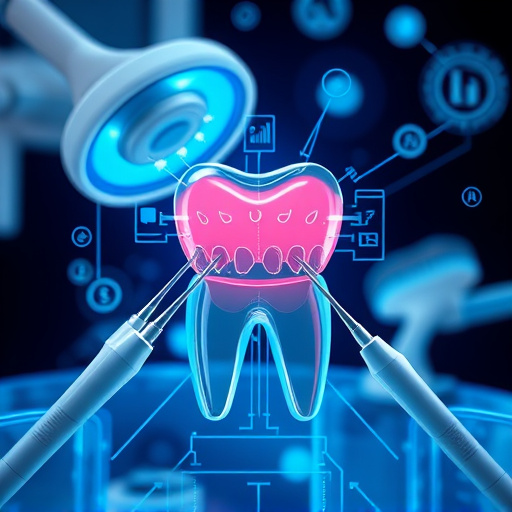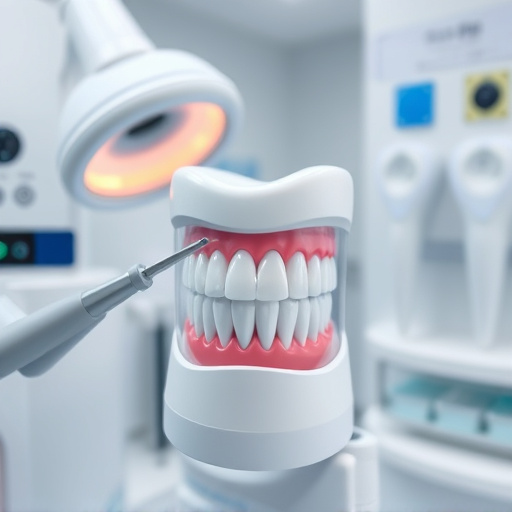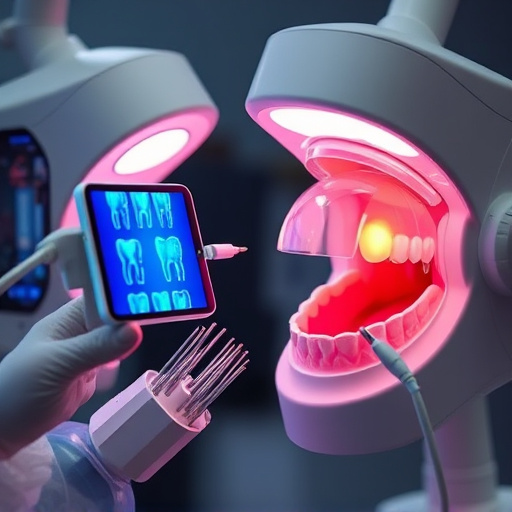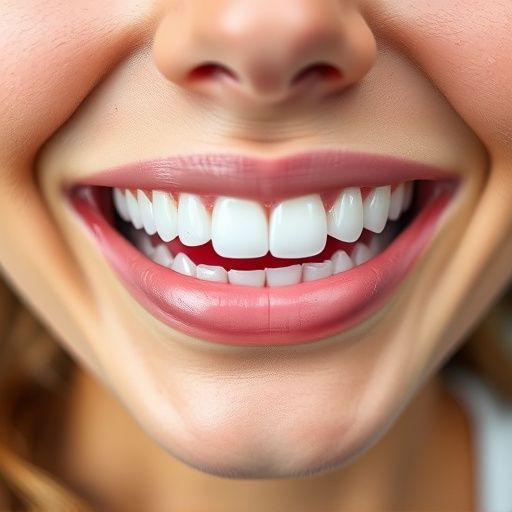TMJ disorder treatment addresses a vital joint for chewing, speaking, and facial expressions, alleviating symptoms like jaw pain, clicking sounds, and limited mouth movement. Non-invasive treatments like occlusal splint therapy, trigger point injections, and physical therapy offer lasting solutions for migraines and ear ringing. Comprehensive management integrating dental care targets co-occurring dental issues, reducing migraine frequency and tinnitus intensity through preventive dentistry.
TMJ disorder treatment offers a promising path for those suffering from migraines and ear ringing. This condition, affecting the temporomandibular joint, can lead to debilitating pain and discomfort. Understanding TMJ disorder and its impact is the first step towards relief. This article delves into non-invasive treatment options, exploring effective strategies specifically tailored for migraine and tinnitus management. By considering these approaches, individuals can find lasting solutions for their symptoms.
- Understanding TMJ Disorder and Its Impact
- Exploring Non-Invasive Treatment Options
- Effective Strategies for Migraine and Tinnitus Management
Understanding TMJ Disorder and Its Impact
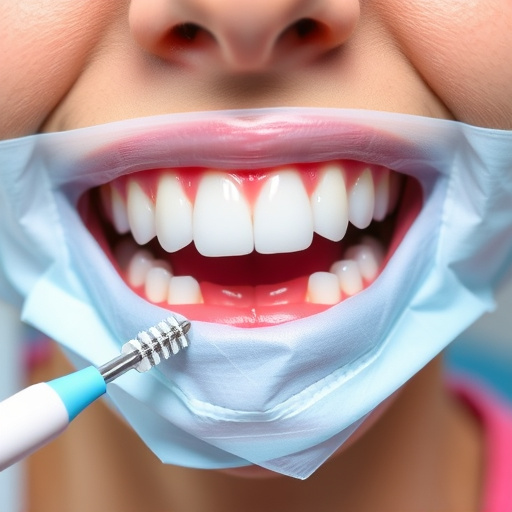
TMJ disorder treatment is a critical aspect of addressing a condition that affects the temporomandibular joint (TMJ), the point where your jawbone connects to your skull. This complex joint plays a pivotal role in various functions, including chewing, speaking, and facial expression. When TMJ disorder sets in, it can lead to severe discomfort, headaches, migraines, and even ear ringing. The impact is multifaceted, influencing not just oral health but also overall quality of life.
Individuals suffering from TMJ disorder often experience pain, popping or clicking sounds in the joint, and difficulty opening or closing the mouth fully. These symptoms can be exacerbated by stress, poor dental alignment, or prior injuries. General dentistry interventions such as teeth cleaning and cosmetic fillings may offer temporary relief, but for lasting solutions, specialized TMJ disorder treatment is necessary to mitigate the condition’s effects on daily activities and alleviate associated pain, including migraines and ear ringing.
Exploring Non-Invasive Treatment Options
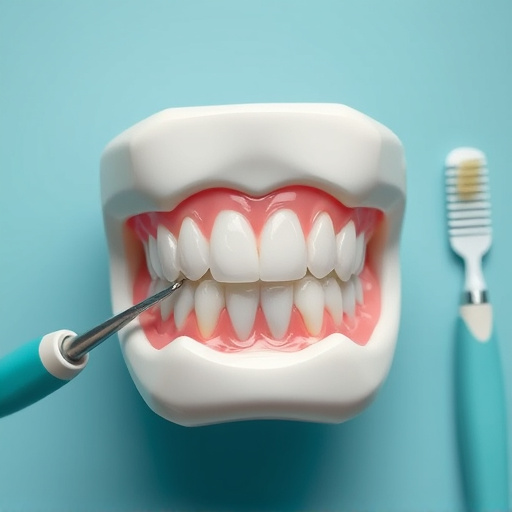
Many individuals suffering from TMJ disorder (TMD) are seeking non-invasive treatment options to alleviate their symptoms, especially when migraines and ear ringing are involved. Thankfully, there are several promising approaches that don’t require major surgeries or invasive procedures. One such method is occlusal splint therapy, where a custom-made mouth guard is crafted to reposition the jaw during sleep, reducing muscle tension and pain. This simple yet effective treatment can significantly improve migraine frequency and intensity over time.
Additionally, trigger point injections and physical therapy have gained popularity. These techniques target specific points around the temporomandibular joint (TMJ) to relieve muscle spasms and inflammation. Unlike emergency dental care or surgical interventions like wisdom tooth removal or dental implants, these non-invasive treatments offer a gentler path to recovery, making them ideal for those who prefer more conservative approaches to managing TMD symptoms.
Effective Strategies for Migraine and Tinnitus Management
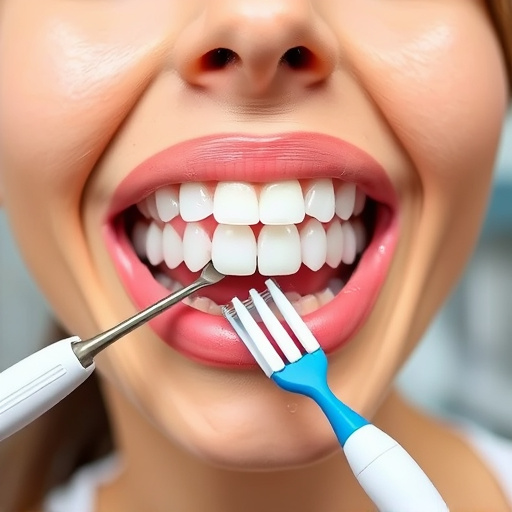
Managing migraines and tinnitus associated with TMJ disorder requires a multi-faceted approach. Beyond traditional treatments like medication and lifestyle adjustments, seeking comprehensive dental care can significantly improve outcomes. A qualified dentist can identify and address underlying dental issues that may contribute to these conditions, offering a more holistic solution. Regular routine oral exams play a crucial role in preventive dentistry, allowing for early detection of problems like TMJ disorder.
Implementing a proactive strategy through comprehensive dental care and routine check-ups empowers individuals to take control of their health. By addressing the dental aspects of TMJ disorder, patients can experience reduced migraine frequency and intensity as well as tinnitus relief. This integrated approach considers the interconnectedness of oral health and overall well-being, ultimately enhancing the effectiveness of treatment plans.
TMJ disorder treatment offers a promising path toward alleviating migraines and ear ringing. By exploring non-invasive options and implementing effective management strategies, individuals can find relief and improve their overall quality of life. Understanding the impact of TMJ disorder and adopting tailored treatments are key steps towards silencing headaches and tinnitus.









